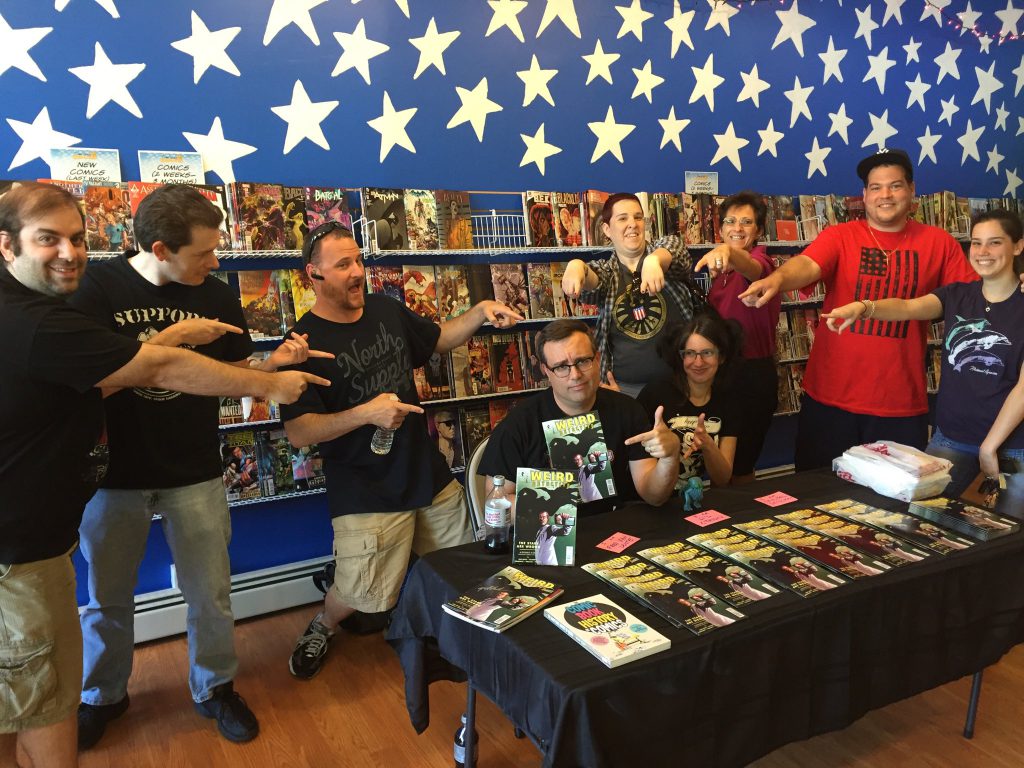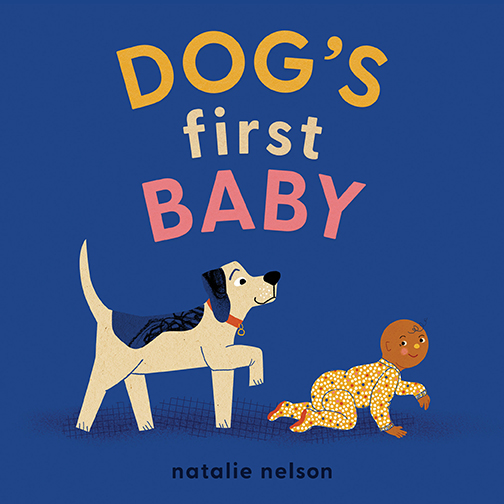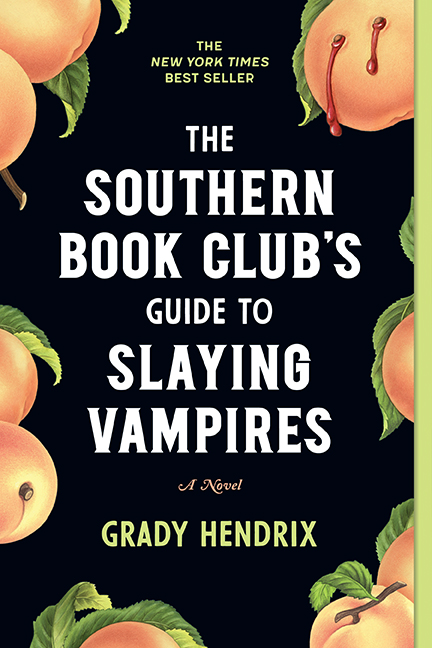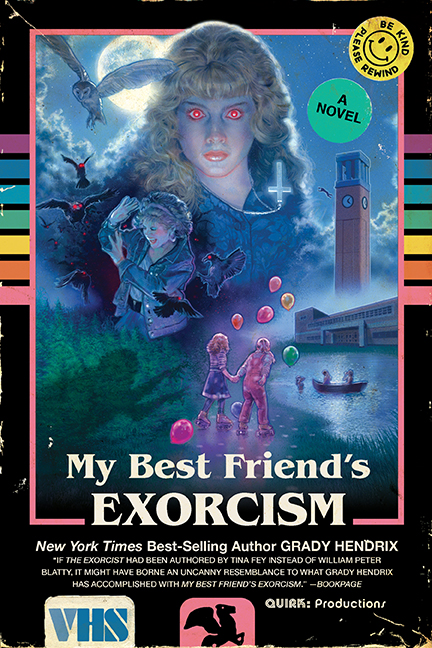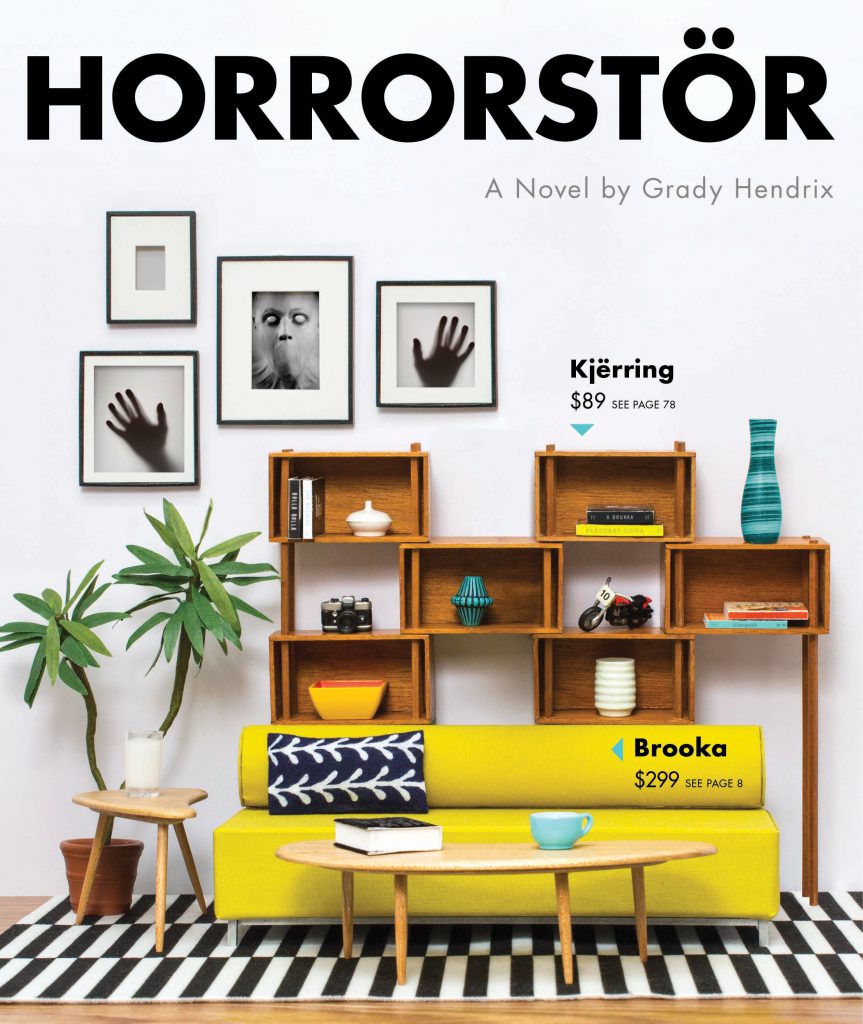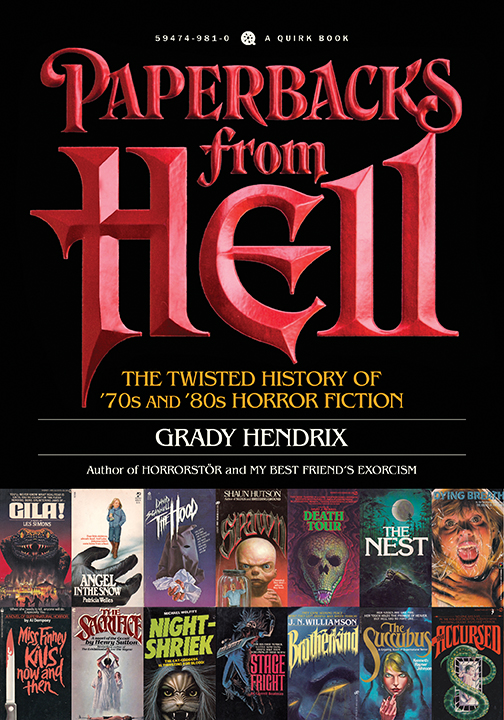Our Blog
Author Side Hustles
While we like to think of our favorite authors writing leisurely by day and counting their sales numbers by night, the reality is much different. Even if every author were lucky enough to make James Patterson money ($95 million a year, natch) treating writing like a 40-hour a week job may not be viable. Here are five of our favorite authors and the side hustles that sustained them.
(Source: Little, Brown)
David Sedaris
While on press tour for his latest book, Death by Finding: Diaries 1977 – 2002, David Sedaris revealed that he walks 15 to 20 miles a day picking up trash in his home of West Sussex. The walking is the real draw for Sedaris, whose process requires a lot of time alone with his thoughts. “You can’t let anyone get in your way,” Sedaris told Washington Post reporter Ellen McCarthy. “You just can’t.” In an interview with Terry Gross earlier this past spring, Sedaris remarked that he’d been invited to Buckingham Palace in celebration of just how much trash he had picked up. It may seem odd for an incredibly successful writer like David Sedaris to volunteer his time keeping his town garbage-free, but he’s always wanted to spend his days working outdoors. “It is fantastic,” he says in his Fresh Air interview, evaluating the life he’s created for himself. “It is everything that I thought it would be.”
(Source: EvaBlue)
Samantha Irby
Until recently, Samantha Irby worked as an administrative assistant at an animal hospital in Chicago. And she worked there for fourteen years. “I really loved the job, but I’m really happy to not be doing that,” she told Angela Ledgerwood on the podcast Lit Up earlier this summer. Even a year after leaving the animal hospital, Irby is adjusting to writing being her full-time gig. “Every day I’m like ‘I should go apply at Walgreens to see if they need cashiers.’ Because I’ve worked for so long. I do not like the feeling of not punching a clock. That’s why I did all my writing on the side for so long.” But writing isn’t the only job demanding Irby’s time. She’s working with Broad City’s Abbi Jacobson and Inside Amy Schumer’s Jessi Klein on an FX series based on her debut Meaty. Plus, her readers will certainly be hungry for more hilarious essays after We Are Never Meeting in Real Life. Did we mention Brie Larson is recommending it?
(Source: Penguin Random House)
Emily St. John Mandel
Until 2015, Emily St. John Mandel of Station Eleven fame worked as an administrative assistant in a cancer research lab. As a novelist and a staff writer for The Millions, Mandel’s workload was becoming too demanding to keep the job in the research lab as well. But in many ways, she never thought this day would come. In 2009, Mandel wrote a piece about writers and their day jobs for The Millions titled Working the Double Shift. While the piece is about other writers – notably Elise Blackwell and Jason Quinn Malott – she does find a moment to insert her own career into the story. “[F]or all my longing to write full-time,” Mandel writes, “I have every expectation that I’ll need to hold a day job for the duration of my life. I imagine most of my writer friends will have to work forever too, except for that one guy with a trust fund.” We’re personally thrilled that Emily St. John Mandel can focus on her writing full-time, but her honesty about her own day job has helped other writers have these uncomfortable and necessary conversations about money.
But interesting and unrelated work isn’t just restricted to authors writing today.
(Source: National Endowment for the Humanities)
Bram Stoker
Dracula’s own Bram Stoker worked as the acting manager and, later, business manager of the Lyceum Theatre in London for 27 years. In a relationship that began collegial, Stoker became friends with the theatre’s owner Henry Irving, the most famous actor at the time. This friendship fast-tracked Stoker’s rise to London’s high society, where he met novelists Sir Arthur Conan Doyle and Hall Caine. Stoker later became very close friends with Caine, eventually dedicating Dracula to him.
(Source: Peabody Institute Library)
Virginia Woolf
Virginia Woolf not only wanted A Room of One’s Own, but also a publishing house of one’s own. Together with her husband Leonard, Woolf founded and ran Hogarth Press starting in 1917. The publishing house that put out Dostoyevsky’s The Devils (translated by Virginia Woolf herself!) and T.S. Elliot’s The Wasteland is now owned by Penguin Random House, known simply as Hogarth. Modern day fans of the Woolf press can find her mark on books like Conversations with Friends by Sally Rooney and Woman No. 17 by Edan Lepucki.
Posted by Danielle Mohlman
Comics Pro to Prose: How I Got to Here
I started out, when I was younger, wanting to be a novelist.
In the ultimate act of tween nerdery one year for my birthday I was given the choice to get contact lenses or a typewriter, but not both.
Up until that point in my life I had been tormented for being a bespectacled nerd by my classmates, and so I knew what that was like; I could handle that. A new, glasses-less identity was appealing, but unknown.
Posted by Fred Van Lente
More Hemingway-esque Six-Word Stories
[Movie portrayal of Hemingway by Dominic West in Genius, New Line Cinema]
We’re all familiar with Ernest Hemingway’s classic six-word "For sale: baby shoes. Never worn." But that can’t be the end-all and be-all itty-bitty fiction, can it? Of course not! Feast upon these crumbs of narrative, each entry no more than six words long.
Posted by Jadzia Axelrod
If Beloved Authors Had a 2000s Goth Phase
[Image by Free-Photos from Pixabay]
This past Monday was World Goth Day, an opportunity for goths of all creeds and subcultures to come together and celebrate the goth community as a whole. That idea took many of us down a trip to memory lane: specifically, to the early 2000s, when we were in high school and expressing ourselves with goth music and fashion meant we were cutting edge. As we tossed around recollections of saving up for a lace-trimmed skirt at Hot Topic or an album by The Cure, we wondered: what if some of our favorite authors were in high school at the same time? How would they act? How would they look?
The following, friends, are our best guesses at how six beloved authors would make out as teenaged goths.
Posted by Elizabeth Ballou
Writing Tips From Authors You Read in English Class
[Photo by Da Kraplak on Unsplash]
Ah English class, where we learned how to write an essay, edit our grammar, and NEVER EVER use CliffsNotes when we haven’t done the reading (like, ever). Most of all, we learned about the work of some of the great authors of the English language. Time goes by, but these timeless tips from some of the English canon’s biggest names remain excellent advice on writing.
Posted by Margaret Dunham
Cards to Fictional Friends
[Photo by Kate Macate on Unsplash]
Today is National Send a Card to a Friend Day! To celebrate this day, we imagined what letters fictional friends would send to each other. Just don’t think too hard about how the letters were delivered; we’re not quite sure how letters are sent to Oz or how Owl puts stamps on postcards.
Posted by Sarah Fox





